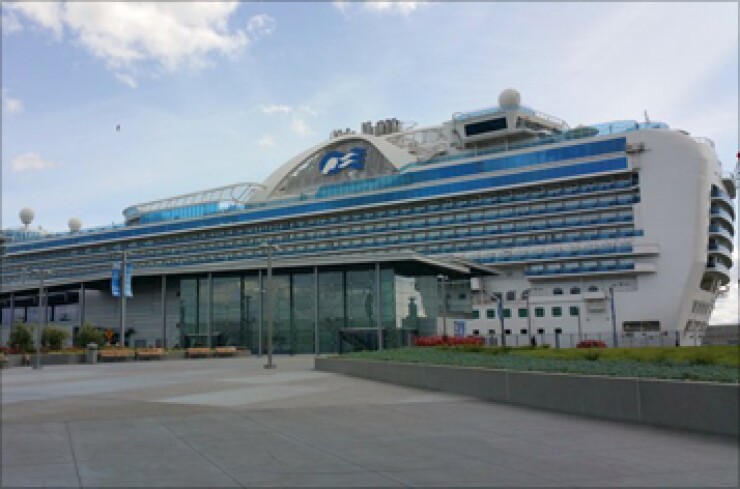
DALLAS – Upgrades and repairs to San Francisco’s northern seawall to make it more resilient to earthquakes and rising sea levels could cost more than $5 billion, the Port of San Francisco said in a report it delivered to the city on Monday.
A recent seismic study found the structure is vulnerable to earthquakes and faces increased danger from rising water levels in San Francisco Bay, said interim port director Elaine Forbes.
A major earthquake would likely cause major damage and disruption to the three-mile long seawall if the structure is not reinforced, she said.
Seismic retrofitting could cost as much as $3 billion, with another $2 billion or more needed to prepare the seawall for rising sea levels due to climate change, the report said.
The seawall improvement project will be expensive and take years to complete, Forbes said.
“San Francisco faces an intergenerational, multi-billion dollar investment need to fortify the seawall, a critical yet largely unseen piece of the city’s infrastructure,” Forbes said.
“An estimated $5 billion is needed for the overall long-term seawall resiliency project to provide a stable and adaptable foundation to address sea level rise and an estimated $500 million to address immediate life safety improvements to the infrastructure,” she said.
San Francisco Mayor Edwin Lee said the city expects to develop innovative financial options for the seawall project by the end of 2018.
“Our city continues to make great progress in improving our infrastructure and fighting climate change, but we must do even more to ensure all our neighborhoods are resilient,” Lee said.
The seawall along the northern edge of San Francisco, which was completed in 1916, allowed the development of shallow tidal wetlands into some of the most expensive real estate in the United States.
The Embarcadero waterfront that is protected by the seawall includes some of the area’s top attractions, including a new cruise ship terminal, Fisherman’s Wharf, AT&T Park, and Alcatraz Landing.
The seawall’s most vulnerable area is near the cruise ship terminal, the seismic study said.
The nearby financial district could also be in danger if the seawall fails in an earthquake, Forbes said.
“The study is really a call to action that we need to make an investment in our seawall,” she said. “It’s time to shore it up so that in a big earthquake the Embarcadero is in good shape and can be an area of response in an emergency.”
The port is asking for $10 million in the city’s fiscal 2017 budget for technical and environmental studies on the seawall, Forbes said.
“It is possible to make significant improvements in the next eight to 10 years,” she said.
The port’s report to the city said most of the upgrades should be completed over the next 10 years due to the inevitability of a major earthquake. There is a 72% likelihood of an earthquake within the next 30 years that is comparable to the one that devastated the area in 1906, the seismic study said.
“There is an urgency to advance seawall seismic strengthening efforts given that a major earthquake could occur at any time and is very likely to occur within the next 30 years,” the study said.
The port’s report said the value of port structures in the northern waterfront totals $1.6 billion, with more than $2 billion per year generated in rent, revenue and employment within the endangered facilities.
Damage to the seawall by a temblor with the magnitude of the 1906 earthquake would cause as much $1 billion of damage to waterfront properties and create disruption costs of $1.3 billion per year, the report said.





